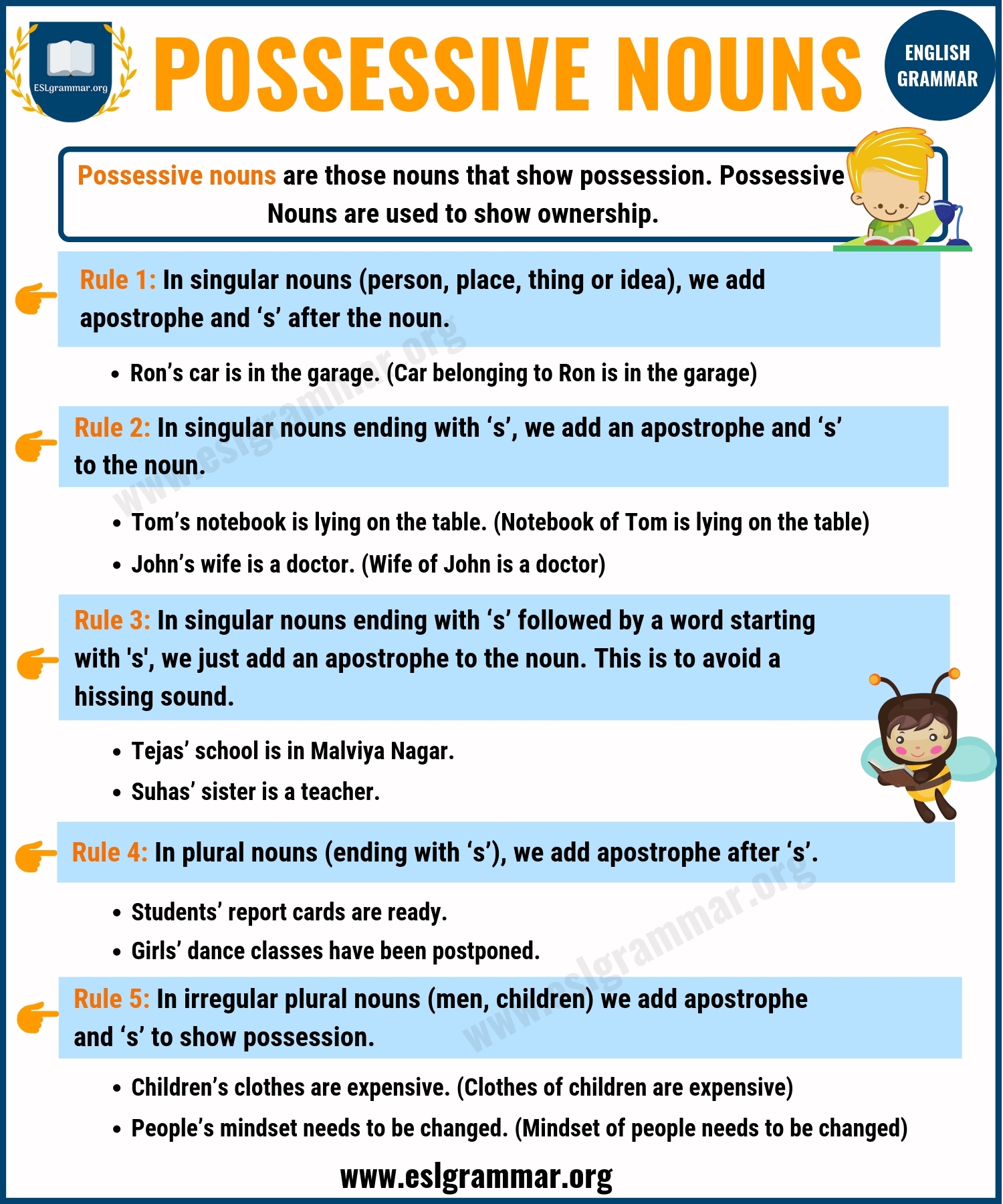Plural possessive construction can sometimes be confusing, but there are some rules that can help clarify things. When it comes to showing possession for multiple nouns, there are specific guidelines to follow to ensure correctness in grammar and punctuation.
Understanding these rules can help writers communicate effectively and avoid common mistakes in plural possessive construction.
Rules of Plural Possessive Construction
1. For plural nouns that do not end in “s,” add an apostrophe followed by an “s” to indicate possession. For example, “The children’s toys were scattered all over the room.”
2. For plural nouns that end in “s,” simply add an apostrophe after the “s” to show possession. For example, “The students’ notebooks were filled with doodles.”
3. If a plural noun is irregular and does not end in “s,” follow the same rule as singular possessives by adding an apostrophe and an “s.” For example, “The women’s soccer team won the championship.”
4. When showing possession for joint ownership, add an apostrophe and an “s” to the last noun only. For example, “Tom and Sarah’s house is located in the suburbs.”
5. When indicating possession for individual ownership within a group, add an apostrophe and an “s” to each noun. For example, “The girls’ and boys’ bicycles were parked in the garage.”
By following these rules, writers can ensure clarity and correctness in their plural possessive construction.
In conclusion, understanding the rules of plural possessive construction is essential for effective communication in writing. By applying these guidelines, writers can convey possession accurately and avoid common mistakes. Remember to add an apostrophe and an “s” for plural nouns that do not end in “s,” and simply an apostrophe for plural nouns that do end in “s.” Following these rules will help improve your writing and make your message clear to readers.
